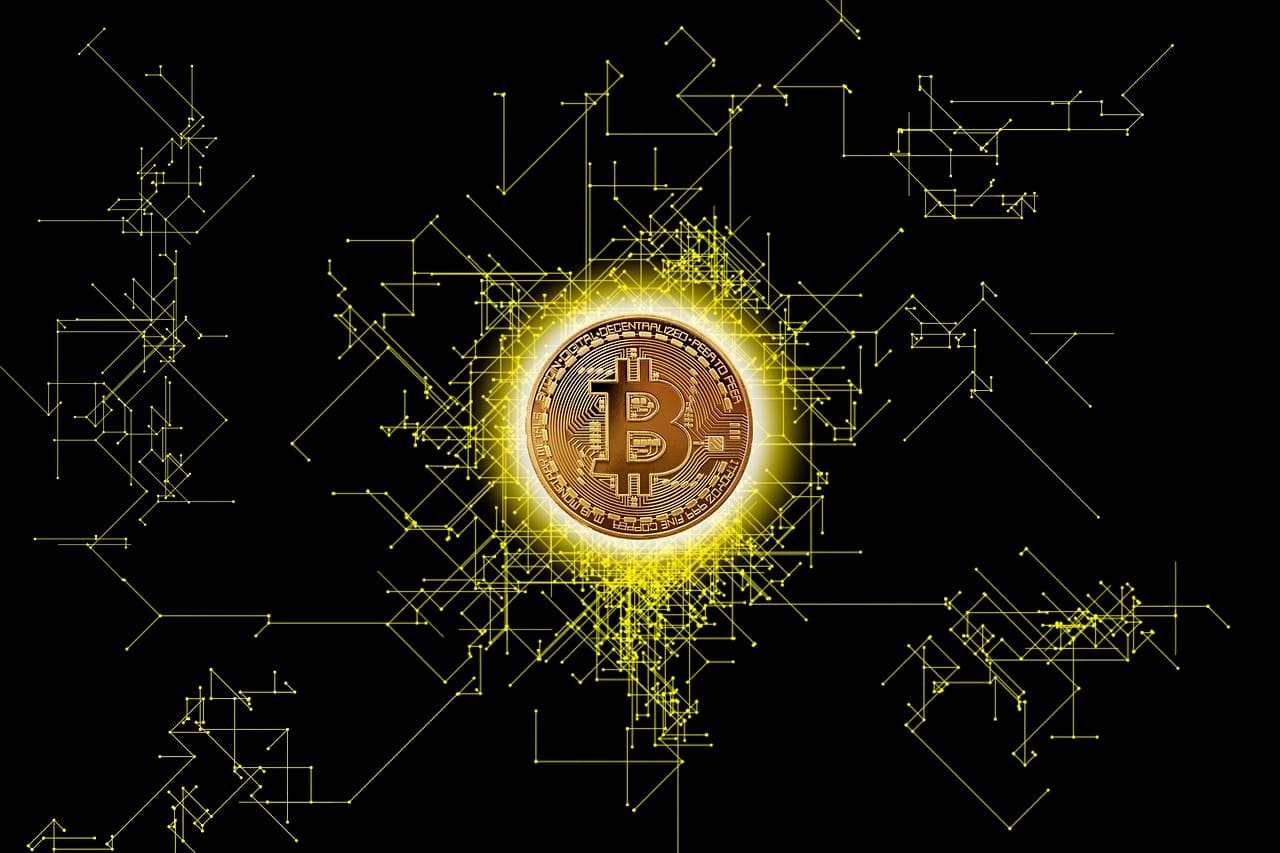How Are Bitcoin Transactions Verified?

Bitcoin transactions are verified through a decentralized process called mining, which ensures that each transaction is legitimate, secure, and permanently recorded on the blockchain.
When someone sends Bitcoin, the transaction is broadcast to the Bitcoin network. Nodes (computers running the Bitcoin software) receive this transaction and check whether the sender has sufficient balance and whether the digital signature is valid. If the transaction is valid, it is added to a pool of unconfirmed transactions called the mempool.
Miners then group these unconfirmed transactions into blocks and begin the process of solving a complex mathematical problem. This process is known as proof-of-work. The first miner to solve the problem gets to add their block to the blockchain and is rewarded with newly minted Bitcoin and transaction fees.
Once a block is added, the included transactions are considered confirmed. Each new block that follows adds another layer of confirmation, making it increasingly difficult to reverse the transaction. This system ensures that Bitcoin cannot be double-spent and that all participants agree on the state of the ledger.
The verification process is entirely decentralized—no single authority approves transactions. Instead, it relies on consensus and cryptographic rules built into the Bitcoin protocol. This makes Bitcoin censorship-resistant and trustworthy.
For users, this means that once a transaction is confirmed, it is nearly impossible to alter. This verification mechanism is what gives Bitcoin its strong security and trust without needing banks or intermediaries.




